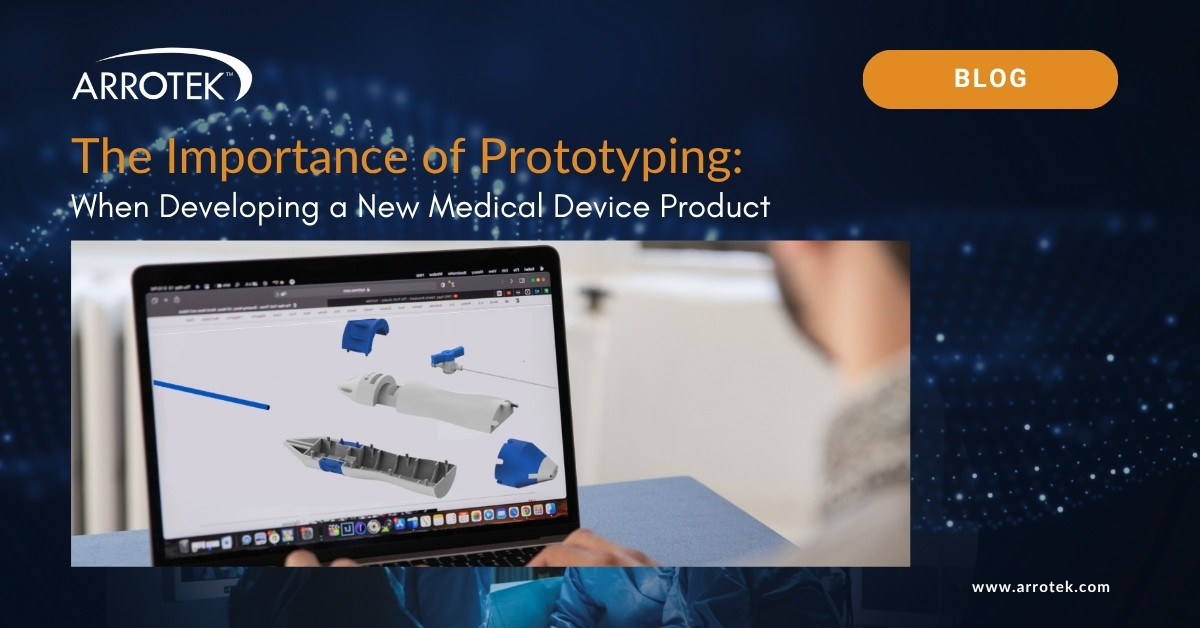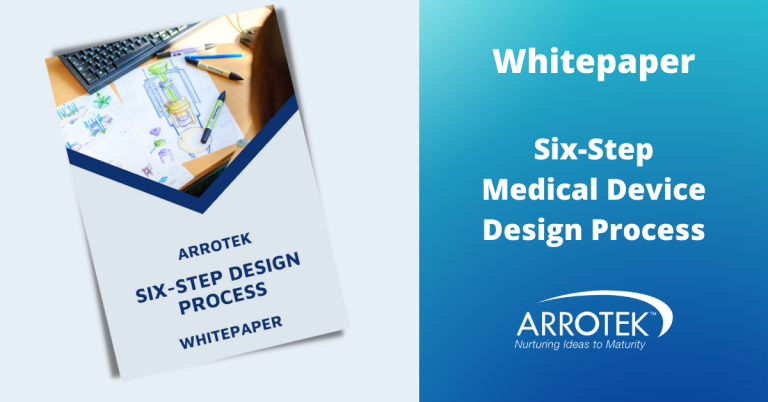It is not enough when designing a new medical device product to just create a design based on an initial ideal before moving straight to testing and real-world evaluation. In fact, most medical device products go through several iterations during the design and development process to get to the final design.
Often, this final design can be significantly different from the original sketched-out idea.
The prototyping process is crucial to achieving this final design.
What is Prototyping?
Prototyping usually starts after the concept development stage, i.e. once detailed drawings are produced. It’s about turning the digital design of the product into something you can hold in your hand to test, inspect, and analyse.
Why Is Prototyping Important in the Medical Device Product Design Process
The medical device design process has three main priorities:
- The product must be functional, i.e. it must be able to perform the task that it was created for to a high standard
- The product must be practical and cost-effective to manufacture, i.e. ensuring the device can be effectively and efficiently manufactured at a reasonable cost
- The product must adhere to regulations including regulations in the US, Europe, and anywhere else the product will be marketed
Prototyping is essential to ensuring your product delivers on all the above priorities.
Manufacturing Methods Used in the Production of a Medical Device Product Prototype
There are several manufacturing methods used to develop medical device products. Those that we use at Arrotek include:
- Balloon blowing
- Tipping
- Laser welding
- Injection moulding
- Bonding
- 3D printing
- Film welding
It is not unusual for a prototype to be produced using a variety of the above methods before the product is assembled.
Benefits of Prototyping
- Helps you and the engineers working on the product get a better understanding of what makes it unique
- Helps engineers better understand how the device will work
- Also helps engineers better understand where improvements to the device can be made
- Helps engineers understand the manufacturability of the product
All the above are crucial to the overall design process as they identify potential issues as well as potential opportunities. Prototyping also helps to save time in the overall process as well as getting more accurate costs estimates for commercial manufacturing.
How Prototyping Works
There are often two main stages in the prototyping process:
- Creation of the first prototype based on initial detailed design drawings. This prototype is a crucial part of the iterative design process and is mainly used to improve and enhance the design.
- Creation of the final prototype at the end of the design process. This usually involves manufacturing a small batch of the prototype so you can use it for testing and evaluation purposes. This prototype will be validated and compliant with regulations.
Creating a Prototype for Your Medical Device Idea
As prototyping is such an important part of the medical device design and development process, it’s essential you work with a development team with prototype production capabilities. This includes having in-house manufacturing and toolmaking capabilities to ensure consistent quality and efficiency as well as to protect your intellectual property.





